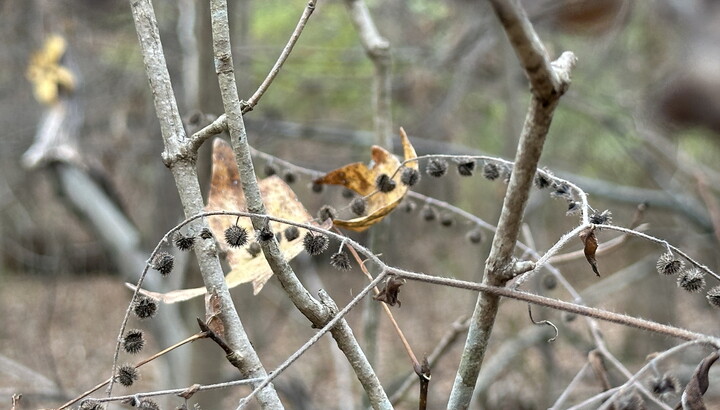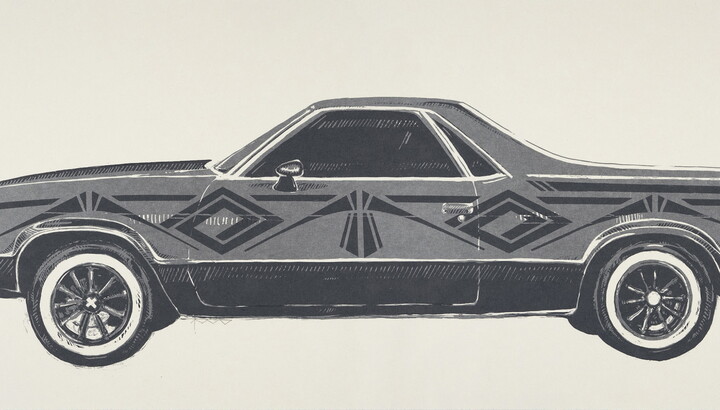The Carter Blog
Carter ARTicles
Turning negatives into positives at the Carter
Jan 24, 2024
The long history of photography, in aesthetic as well as technical terms, is well represented in the Carter’s collection, from the earliest common photo process, the daguerreotype, to digital-camera photographs printed with inkjet printers. Included in this history is the starting point for analog photography, photographic negatives, and the Carter has thousands in its collection. The oldest examples are collodion wet-plate negatives—hand-coated glass sheets that required the photographer to coat, sensitize, and expose the negative before the sticky emulsion dried. These were succeeded by manufactured dry-plate glass, cellulose nitrate film, cellulose acetate film, and finally, in the 1980s, polyester-based film.
Since negatives are typically the source for subsequent printing, the images are not easily exhibited. The most effective way to show these dormant photographs is by digitizing the originals and presenting positive images online. Let’s start with what a negative is. The negative is a direct artifact that was present in the camera when the photograph was first taken. In its most basic sense, a black-and-white negative is produced when a sensitized substrate, usually film or glass, is precisely exposed to light and then chemically processed, yielding an image with reversed tones. The areas with the most exposure to light turn dark in proportion to their exposure. Analog photographic paper works in the same way, producing a positive image from the inverted tonality of the negative. The negative is the physical record of a scene or subject that can be interpreted by the photographer’s choices in printing.
Negatives are difficult to view in their native state—they are translucent, so they need to be illuminated from behind, and of course, the tones of the picture are reversed. When these images were originally printed—if they were printed—they likely would have been cropped by the photographer and printed on the preferred paper at the lightness or darkness and contrast chosen by the photographer. Our approach is to treat the negative as an artifact and show the entire negative out to its edges.
In our work, we try to keep all the image information, from darkest shadows to brightest highlights, intact in our digital copy image. We show what is present on the negative and do not necessarily try to replicate the tonality and contrast of a known print of the image.
The process is straightforward, but there are some tricks of the trade. We place original negatives, both glass and film, on an LED light panel to evenly light them from behind. We copy them directly in RGB (red, green, blue) color with a high-resolution digital camera on a copy stand using a macro lens. The negatives are shot with the emulsion side facing up, so the image is not distorted by shooting through the glass or film base. This requires the images to be reversed left to right in processing. Our procedure is to keep the image of the negative as it appears with stains and scratches, documenting the current state of the object. In Adobe Photoshop software, we create a stack of adjustment layers on the negative image. Using layers increases the file size but allows us to output images of the negatives as they appear firsthand and to adjust a positive image subjectively to make a normal-looking picture. Through trial and error, I’ve arrived at a standard set of Photoshop layers: Invert, Black and White, Levels, and Brightness/Contrast.
Invert reverses the tones from negative to positive. Black and White renders the image in neutral tones, allowing color filtration to remove or reduce color casts and stains, like retouching fluid that has yellowed over time. The Levels layer sets a baseline for highlights and shadows in the positive image. Finally, the Brightness/Contrast layer is used to fine-tune the final appearance of the image. All adjustment layers are reversible and adjustable without affecting the original negative's image. The single layered file can output both negative and positive derivative images.
Much like the process of darkroom printing, adjusting the final brightness and contrast of the image is a subjective judgment call. Our intent is to reveal the image content of the negative without concealing any detail that appears on the original. In this way, both the photographic image on the negative and the current state of the artifact itself can be shown.










